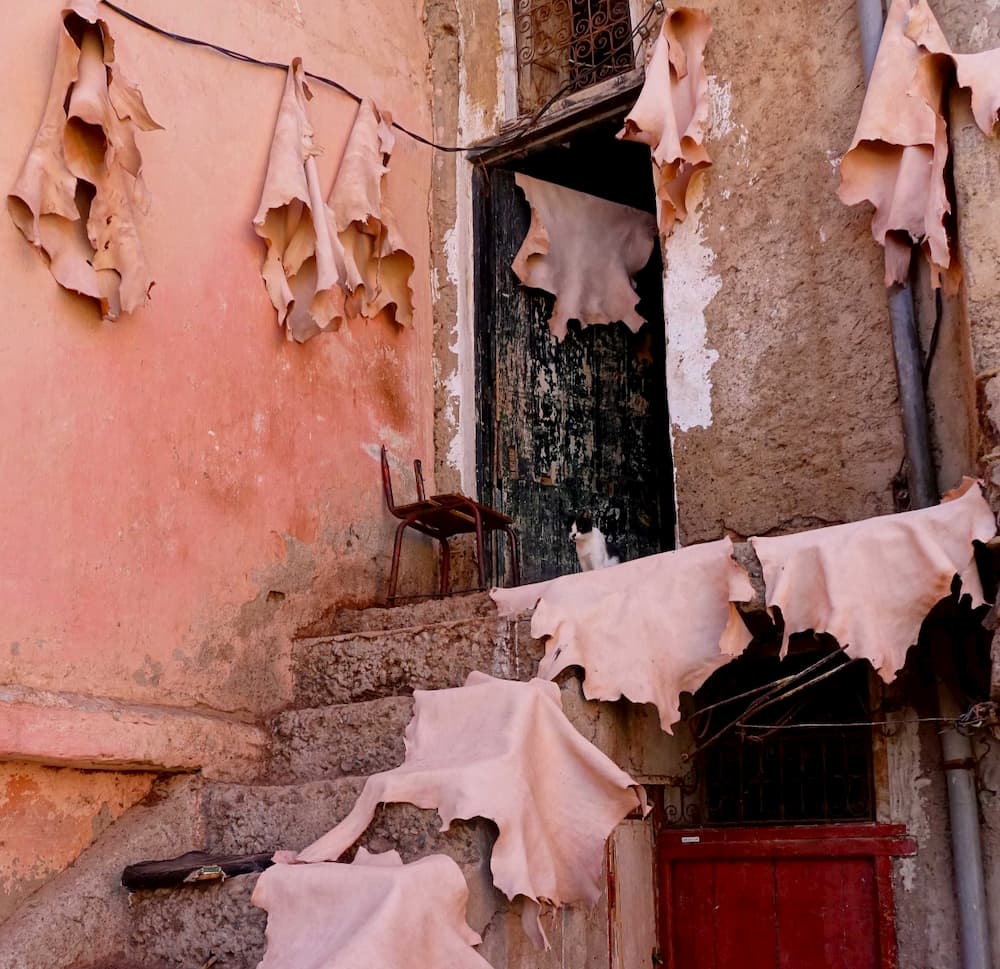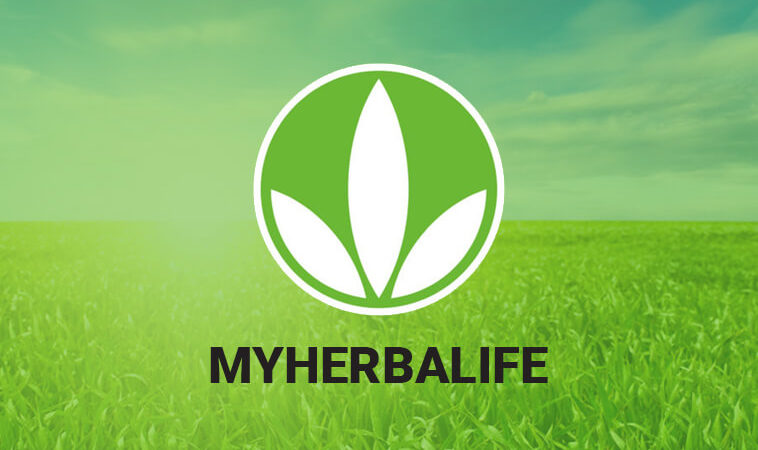Ever wondered Where Does Leather Come From? [Find out below]

Where Does Leather Come From – Leather is a material that has been used by humans for thousands of years. It is a natural product made from the skin of animals that have been tanned to preserve them. Leather is highly valued for its durability, strength, and flexibility, making it a popular choice for a wide range of products such as shoes, bags, clothing, and furniture.
So, where does leather come from? The process of creating leather involves several steps, starting with the selection of the animal hides. The hides are then cleaned, soaked, and treated with chemicals to remove any remaining flesh, hair, or fat. This is followed by the tanning process, where the hide is treated with tannins to prevent it from rotting and to make it more resistant to water and wear. Different types of tanning processes can result in different qualities and characteristics of leather.
The quality of leather can also be affected by the type of animal, the age of the animal, and the part of the animal from which the hide is taken. For example, leather made from cowhide is typically more durable and resistant to wear, while leather made from lamb or goat skin may be softer and more supple.
Despite its popularity, there are some concerns about the environmental impact of leather production. The process requires large amounts of water and energy, and the use of chemicals in the tanning process can have negative effects on the environment. However, there are efforts underway to develop more sustainable and eco-friendly methods of producing leather.
Where Does Leather Come From?
Leather comes from the skin of animals, which is processed and treated to make it a durable and usable material. The most commonly used animals for leather production include cows, sheep, goats, and pigs. The quality and characteristics of the leather can vary depending on the type of animal, the age of the animal, and the part of the animal from which the skin is taken.
Leather production is a global industry, with many countries involved in the manufacturing process. Some of the largest producers of leather include China, India, Italy, Brazil, and the United States. These countries have well-established leather industries and are known for producing high-quality leather products.
China is the largest producer of leather, accounting for over 20% of global leather production. The country has a large number of tanneries and is known for producing high-quality leather at competitive prices. India is another major player in the leather industry, with a long history of producing leather goods. The country has a large workforce skilled in leather production and is known for producing a variety of leather products, including shoes, bags, and clothing.
Italy is known for its luxury leather goods and is famous for producing high-end designer leather products. Brazil is another major player in the industry, known for producing high-quality leather products from cowhide. The United States is also a significant producer of leather, particularly in the production of footwear.
Overall, leather production is a widespread and global industry, with many countries contributing to the production of this versatile and valuable material.
History Of leather
Leather has been used by humans for thousands of years and has played an important role in many cultures and societies throughout history. The first evidence of leather production dates back to the Paleolithic era, when people used animal hides to create clothing, footwear, and shelter.
In ancient times, leather was also used for military purposes, with soldiers wearing leather armor and carrying leather shields. It was also used in religious ceremonies, with priests wearing leather garments and using leather objects in their rituals.
During the Middle Ages, leather production became an important industry in Europe, with tanneries and leather guilds established in many cities. Leather was used for a wide range of products, including shoes, clothing, belts, and bags. It was also used for upholstery and bookbinding.
In the 19th century, with the advent of the Industrial Revolution, leather production became more efficient, and mass-produced leather goods became more widely available. The development of new tanning methods also led to the production of a wider variety of leather, including patent leather and suede.
Today, leather remains a popular material for a wide range of products, from shoes and handbags to furniture and car interiors. However, there are also concerns about the environmental impact of leather production, and efforts are underway to develop more sustainable and eco-friendly methods of producing this valuable material.
Types of Leather
Leather can be made from a variety of animals, each with its own unique properties and characteristics. Here are some of the most common types of leather from different animals:
- Cowhide leather – This is the most common type of leather and is known for its durability and toughness. It is used for a variety of products, from shoes and belts to car seats and jackets.
- Sheepskin leather – This type of leather is soft and supple, making it ideal for use in jackets, gloves, and footwear. It is also lightweight and breathable, making it comfortable to wear.
- Goatskin leather – Goatskin is a durable and lightweight leather that is often used for gloves, jackets, and shoes. It is known for its natural water resistance and can be finished to have a suede-like texture.
- Pigskin leather – Pigskin is a tough and durable leather that is often used for work gloves and boots. It has a natural grain pattern and is resistant to wear and tear.
- Exotic leather – This includes leather from animals such as snakes, alligators, and ostriches. Exotic leather is known for its unique textures and patterns and is often used for high-end luxury goods such as handbags and shoes.
Each type of leather has its own unique properties and characteristics, making it suitable for different applications and uses. The choice of leather depends on the desired aesthetic and intended use of the final product.
Types of Tanning Methods
Tanning is the process of converting raw animal hides into usable leather. There are several methods of tanning, each with its own advantages and disadvantages. Here are some of the most common types of tanning methods:
- Vegetable tanning – This method uses natural materials such as bark, leaves, and fruit to tan the leather. It is a slow process that can take several weeks or even months but results in durable and high-quality leather with a natural look and feel.
- Chrome tanning – This is the most common method of tanning and involves using chromium salts to tan the leather. It is a fast process that takes only a few hours but can result in less durable and flexible leather than vegetable tanning.
- Combination tanning – This method combines both vegetable and chrome tanning to achieve the benefits of both methods. It results in leather that is both durable and flexible, with a natural look and feel.
- Synthetic tanning – This involves using synthetic chemicals to tan the leather. It is a fast process that can be done in a few hours but can result in less durable and less environmentally-friendly leather.
- Oil tanning – This method uses oils and fats to tan the leather, resulting in a softer and more pliable leather. It is often used for soft leather goods such as gloves and jackets.
The choice of tanning method depends on the desired properties and characteristics of the final leather product. Each method has its own advantages and disadvantages, and leather manufacturers often use a combination of methods to achieve the desired result.
Preservation of Leather
Proper treatment and preservation of leather are important to maintain its appearance, durability, and longevity. Here are some tips for treating and preserving leather:
- Cleaning – Leather should be cleaned regularly using a soft cloth or brush and a mild soap or leather cleaner. Avoid using harsh chemicals or abrasive materials, which can damage the leather.
- Conditioning – Leather should be conditioned regularly to prevent it from drying out and cracking. Leather conditioners are available in a variety of formulas, including oil-based, wax-based, and water-based.
- Protecting – Leather should be protected from moisture and sunlight, which can cause it to fade and deteriorate. Leather protectants and sealants can be applied to help repel water and protect against UV damage.
- Storing – Leather should be stored in a cool, dry place away from direct sunlight and heat sources. Avoid folding or crushing leather, which can cause permanent creases or cracks.
- Repairing – Minor damage to leather can be repaired using leather patches or fillers. More extensive damage may require professional repair services.
Wrapping Up
In conclusion, leather has a long and rich history as a durable and versatile material that has been used for a wide range of purposes. The production of leather involves several different processes, including tanning and finishing, and the resulting leather can vary in texture, color, and durability depending on the type of leather and tanning method used.
However, with the rise of the vegan trend, many consumers are turning away from leather in favor of more sustainable and animal-friendly alternatives. This has led to the development of new materials such as faux leather, which are often made from synthetic materials or plant-based alternatives. As a result, the leather industry is facing increasing pressure to adapt and innovate in order to remain competitive in a rapidly changing market.
Despite these challenges, leather remains a popular and highly valued material, and it is likely to continue to play an important role in fashion, furniture, and other industries for years to come.
I hope this article answers your question of the day, Where does leather come from?
Frequently Asked Questions (FAQs):
- Where does leather come from?
Leather comes from animal hides and skins, which are treated and processed through various methods to create a durable and versatile material. - Are cows slaughtered for leather?
Yes, cows are one of the primary sources of leather. Leather production is often a byproduct of the meat industry, meaning that cows are often slaughtered for their meat, and their hides are then processed into leather. - Can leather be made without killing animals?
Yes, there are several alternatives to traditional leather that are made without killing animals. These include materials such as faux leather, which is often made from synthetic materials, or plant-based alternatives such as mushroom leather or pineapple leather. - How can I care for my leather products?
Leather products should be cleaned regularly with a soft cloth or brush and a mild soap or leather cleaner. They should also be conditioned and protected from moisture and sunlight. If damage occurs, minor repairs can often be made using leather patches or fillers. - Is leather sustainable?
Leather production can have a significant environmental impact, particularly in terms of water usage and chemical waste. However, some leather manufacturers are working to reduce their environmental footprint by using more sustainable production methods and materials, such as vegetable-tanned leather and recycled leather. It is important to consider the source and production methods of the leather before making a purchase decision.
- Here Are Some Of The Most Common Contaminants Your Car Encounters During The Winter
- Bio-Bean Coffee Logs: A Sustainable Fuel for Wood Burners
- Comparing Online Live Casinos and Land-Based Casinos
- Scottish League Cup semi-final draw details: Aberdeen’s Quest for the Last Four
- Steering the Digital Economy: The Imperative of SaaS Spend Management in Modern Enterprises






